1970s New York. Muggings! Arson! Times Square peep shows! 70s New York is not a time often associated with happy holiday memories. And while it’s true that the building next to ours burned down, as did a building across the street, and I was menaced by a kid named Boo Boo, I do cherish my memories of 70s Christmases. Every year, my parents hosted their one party: a tree trimming event to which they invited work friends and neighbors from the building. For the food, my dad and I took the subway downtown to Little Italy; in later years, we Zabars’ed it. I remember a lot of smoking, plastic glasses of white wine, and talk about Watergate. We always had a tree, and the tree usually fell—sometimes on a guest and once on my mother. And like any child of the 70s, I made my appearance to the grown-ups, then disappeared to watch television.
In the era of streaming, it is hard to imagine the pre-VCR world of television. The holiday specials were truly special because you could only see them once a year. And other than Christmas morning, those shows were my favorite singular thing about the holidays. I wanted to live in Charlie Brown’s melancholy snow filled, adult-free world.

I wanted a bed like the Who kids’ bed, one with fat pillows that slept six, each with a candy cane in their hand. (I remember actually raising the issue with my mother who pointed out that as an only child, I had no need of such a bed.)
I seem to remember the season always began with “The Little Drummer Boy.”
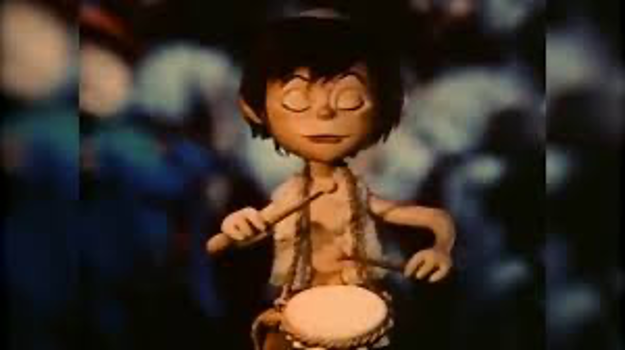
Made in 1968, narrated by Greer Garson, it’s the most religious of the specials. There’s a reason this one doesn’t show up much these days. It’s as if the writers said, “Hey, let’s take all the fun of the Middle East situation and make it a children’s special—with racism.” It features Aaron, an orphaned Jewish boy and a jaw droppingly villainous Arab, Ben Haramed, whose salient characteristics are greed and a hooked nose. No snow, no reindeer, no Santa, no sparkly trees. After complaints from the Arab-American community, the show was swapped out in many areas for “Yes, Virginia, There is a Santa Claus.”
Another “warm up” show was Frosty the Snowman, the plain old animated 1969 special with Jimmy Durante. Even as a kid, this one seemed pretty lame to me with the magician bad guy and the corny snowman who bellowed “Happy birthday!” when brought to life.

It has some themes of sacrifice and resurrection—remember the heartbreak in the greenhouse?—but it pales in comparison to the big daddy of stop motions holiday specials: “Rudolf the Red Nosed Reindeer,” which was actually the very first Rankin/Bass holiday special, made in 1964.
As a child, I loved Rudolf. It was an hour long which made it feel like we were now in serious holiday mode. It was about weird kids who don’t fit in; I had a cleft palate, I was all about weird kids who don’t fit in. But honestly? When the misfit toys leap off Santa’s sleigh, borne aloft on umbrellas to children who will love them unconditionally, I wish Rudolf had gone with them. Countless blog posts have been written about the gender dynamics of Rudolf’s North Pole, so I don’t need to cover that here. But it must be said: the guys of Santa Land are jerks. Donner is the father from hell, the head elf runs the work room like a sweat shop, and Santa is a withholding, judgmental prig.
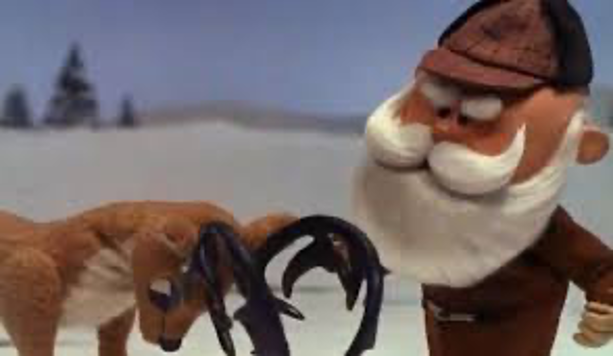
Yes, everyone learns the lesson of tolerance—difference is great when it helps YOU! Rather than become the lead cog in Santa-Corp, I would rather Rudolf ended up with Hermey, Cornelius, and the Bumble on the Island of Misfit Toys. (And yes, I really, really wanted that spotted elephant.)
There’s no denying that Rudolf’s Shiny New Year is just a crass attempt to cash in on the original’s success. I don’t care, I love it anyway. With a runaway baby New Year wandering through myth and time, the whole thing feels assembled from bits and pieces discarded from other shows. Why, there’s Big Ben, a whale with a clock in his tale! A knight named Sir 1023, and hey, let’s throw in Ben Franklin from that U.S. history show that made it on to the air. None of it makes any sense and you really do wonder what they were smoking in the Rankin/Bass offices. But Happy the Baby New Year who runs away because everyone laughs at his big ears broke my heart year after year with his big sad eyes, yellow yarn hair, and Bugs Bunny buck teeth. I mean, look…
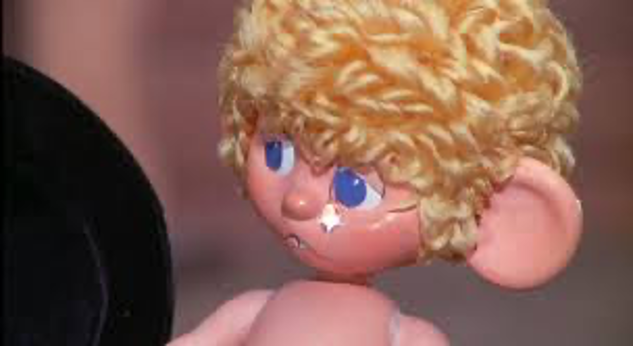
But the all-star of deranged holiday offerings has to be “The Year Without a Santa Claus,” in which Santa falls into a depression and decides he’s just going to skip the whole thing because nobody cares. As there are no psychiatrists at the North Pole, Mrs. Claus, two elves and the requisite child team up to…save Christmas. It’s all pretty standard until the entrance of Heat Miser, followed by Snow Miser, followed by Mother Nature. Again, the legality of substances consumed in the writers’ room comes into question. The boys are delightfully blasé about the holiday. When Mrs. Claus asks Snow Miser for a seasonal blizzard to people in the holiday spirit, he says, “No can do, Mrs. C!” It’s only when Mother Nature knocks heads together that the boys come through.
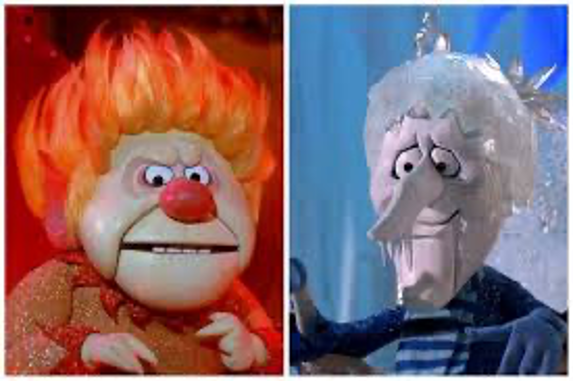
It’s such a hoot, it was remade as a live action film with Michael McKean as Snow Miser and the absolute dream casting of Harvey Fierstein as his sultry summer brother. (“A truly depressing piece of dreck,” says one review.)
Whether it’s the Grinch, Rudolf, Charlie Brown, or even Santa himself, the enduring appeal of these stories is not so much the celebration of the holiday, but the underlying acknowledgement that many of us don’t feel we don’t quite get the holiday thing right. It’s easy to feel like the misfit toy at a party, to feel your scraggly tree doesn’t measure up, to resent the heedless shrieking happiness of Whos—“Oh, the Noise! Noise! Noise!”—who obtusely fail to recognize that Santa might not be everyone’s bag. The specials are not Christmas served up by Martha Stewart, but by those of us trying and failing at home.
I watch these shows with my son. He doesn’t entirely get the bizarro-world splendor of Shiny New Year or Year Without a Santa Claus. But the other day, he showed me a holiday episode of Community, in which all the characters become stop-motion figures. One of the students has suffered a loss and to cope, he transforms his world into something where the characters don’t always make sense, the action can be stiff and awkward, but the connection is there, and the feelings are genuine. In short, a holiday special.
For a full list of Rankin/Bass holiday specials, go to https://www.syfy.com/syfywire/every-rankinbass-christmas-special-ranked

[rafflepress id=”17″]

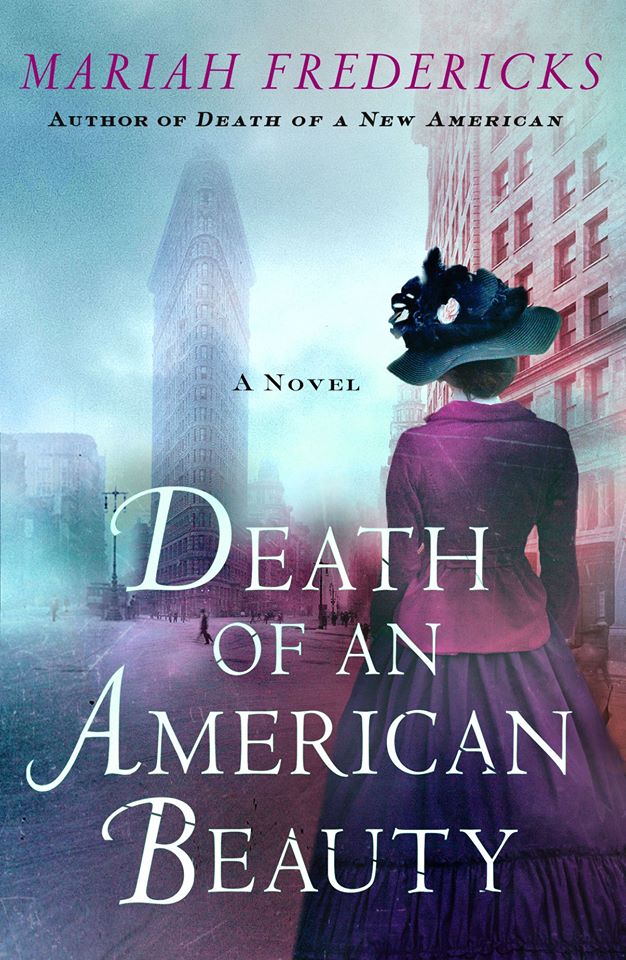 Death of an American Beauty is the third in Mariah Fredericks’s compelling series, set in Gilded Age New York, featuring Jane Prescott.
Death of an American Beauty is the third in Mariah Fredericks’s compelling series, set in Gilded Age New York, featuring Jane Prescott.
“Ms. Fredericks’s tour of old New York – from a seedy Bowery dive to the gilded palace of a department store – is eye-opening, and her mystery well-spun. But what makes this book a stand-out is its affecting depictions of interactions that transcend race, creed, gender and generations.” – Wall Street Journal
Jane Prescott is taking a break from her duties as lady’s maid for a week, and plans to begin it with attending the hottest and most scandalous show in town: the opening of an art exhibition, showcasing the cubists, that is shocking New York City. 1913 is also the fiftieth anniversary of Lincoln’s Emancipation Proclamation speech, and the city’s great and good are determined to celebrate in style. Dolly Rutherford, heiress to the glamorous Rutherford’s department store empire, has gathered her coterie of society ladies to put on a play—with Jane’s employer Louise Tyler in the starring role as Lincoln himself. Jane is torn between helping the ladies with their costumes and enjoying her holiday. But fate decides she will do neither, when a woman is found murdered outside Jane’s childhood home—a refuge for women run by her uncle. Deeply troubled as her uncle falls under suspicion and haunted by memories of a woman she once knew, Jane is determined to discover who is making death into their own twisted art form.


 Mariah Fredericks was born and raised in New York City. She graduated from Vassar College with a degree in history. She enjoys reading and writing about dead people and how they got that way. She is the author of the Jane Prescott mystery series.
Mariah Fredericks was born and raised in New York City. She graduated from Vassar College with a degree in history. She enjoys reading and writing about dead people and how they got that way. She is the author of the Jane Prescott mystery series.

















